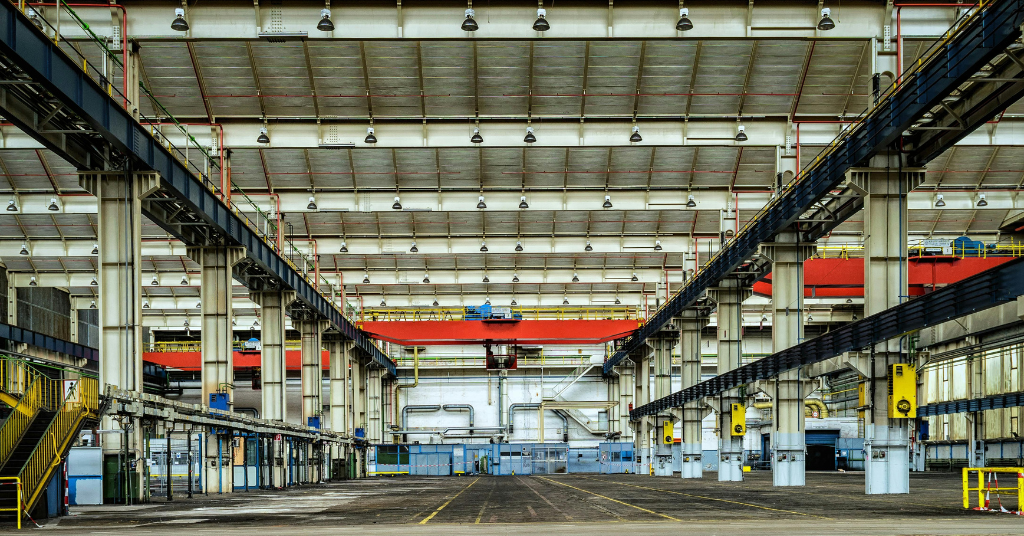In our era of the need for environmental sustainability, clean and efficient transportation has become more pressing than ever before.
Zero emission vehicles (ZEVs) are an essential piece of the big puzzle of promising solutions to reduce greenhouse gas emissions, air pollution, and the human race’s dependence on fossil fuels – and they may also have a massive impact on the EU’s Fit for 55 goals. In contrast, reduced reliance on imported fossil fuels can enhance energy security within the EU and stabilize fuel prices.
They may also improve the standard of living by reducing traffic congestion and noise pollution, so our cities will become better places to live.
What’s after the ICE age?
Telling internal combustion engines (ICEs) from other vehicles is relatively straightforward: the cars, boats, airplanes, etc., that produce tailpipe emissions during operation are certainly ICEs, and as such, they rely on burning fossil fuels. On the other hand, ZEVs use alternative power sources such as electricity, hydrogen, or a combination of renewable energy sources. The most common types of ZEVs in 2023 include battery electric vehicles (BEVs) and hydrogen fuel cell vehicles (FCVs).
Plug-in hybrid electric vehicles (PHEVs) are between the two groups: they use significantly less fossil fuel than an ICE – but that ‘less’ fuel is still more than any ZEV.
What’s next?
The widespread adoption of ZEVs can have significant economic and social impacts by spurring job creation in vehicle manufacturing, renewable energy, and charging infrastructure development industries.
Global technology intelligence firm ABI Research projects that the worldwide commercial BEV market will grow from US$30.7 billion in 2020 to more than US$682 billion by 2030.
Another great driver (no pun intended) behind the growth is legislation, like Fit for 55, that will only allow the production and distribution of ZEVs from 2035.
Another significant leap in sustainability could be a unified charger standard, similar to the obligatory USB-C port for all new mobile phones, tablets, cameras, and notebook PCs.




